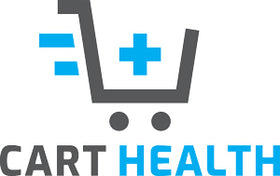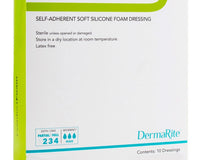Table of Contents
Inventory control is a systematic approach to inventory management, which helps maintain a sufficient supply of products, equipment, and materials required for everyday operations in healthcare facilities. It is based on demand forecasting, vendor selection, and inventory management principles.
Healthcare organizations need to be aware of the product, equipment, and material they maintain to keep track of their performance and the availability of products.
Here are some of the benefits of inventory control in the healthcare industry:
1. Improved Patient Care
Inventory control ensures that medical supplies, equipment, and drugs are available when needed. This can significantly improve the quality of patient care and decrease wait times. Properly managed inventory can also help reduce healthcare costs associated with unnecessary or duplicate orders and late deliveries.
2. Efficiency
Inventory control helps healthcare facility administrators and staff track the usage of supplies, materials, and equipment more efficiently and organizationally. This can save costs by decreasing inventory losses and avoiding unplanned downtime due to equipment failure.
3. Flexible Supplies
Inventory control allows healthcare facilities to serve their patient population better. By tracking and ordering supplies from multiple vendors, healthcare facilities can provide more flexible and personalized options for care.
4. Compliance
Inventory control also helps healthcare facilities ensure that they comply with governmental regulations and industry standards. Healthcare facilities can ensure they meet all necessary requirements by tracking the usage and expiration dates of supplies.

Steps for Efficient Medical Inventory Management
Proper management of medical inventory is essential for providing quality healthcare services. Healthcare professionals must understand the efficient medical inventory management steps to ensure that supplies, equipment, and medications are available when needed. This article will provide an overview of efficient medical inventory management steps.
1. Identify Needs
The first step of efficient medical inventory management is identifying the facility's needs. This includes determining which medical supplies, equipment, and medications are necessary and assessing the current inventory levels. This step is important for ensuring no shortages or excesses could lead to potential complications.
2. Prioritize Needs
The next step is prioritizing the essential medical supplies, equipment, and medications. This should be based on the needs of the facility and the potential costs associated with needing more supplies and equipment on hand.
3. Develop Systems
It is essential to develop systems for tracking and managing medical inventory. This should include creating a checklist for monitoring inventory, establishing a procedure for ordering items, and setting up policies for restocking and returning outdated items.
4. Maintain Records
It is important to maintain records of all medical stock items, including the date of purchase, date of expiration, and current levels. This can help ensure that the stock can be easily tracked and outdated items can be easily identified and replaced.
5. Educate Staff
Finally, ensure all staff is properly trained on the inventory management system. This helps ensure the system is properly implemented, and staff members are familiar with the process.
Conclusion
Efficient medical inventory management is essential for providing quality healthcare services. It is important for healthcare facilities to understand the steps for efficient medical inventory management, including identifying needs, prioritizing needs, developing systems, maintaining records, and educating staff. By following these steps, healthcare facilities can ensure that the right medical supplies, equipment, and medications are available when needed.
Looking for aluminum walkers, adult diapers, diabetic supplements, or other medical care items? Cart Health has you covered! Shop our selection of healthcare supplies online today.









